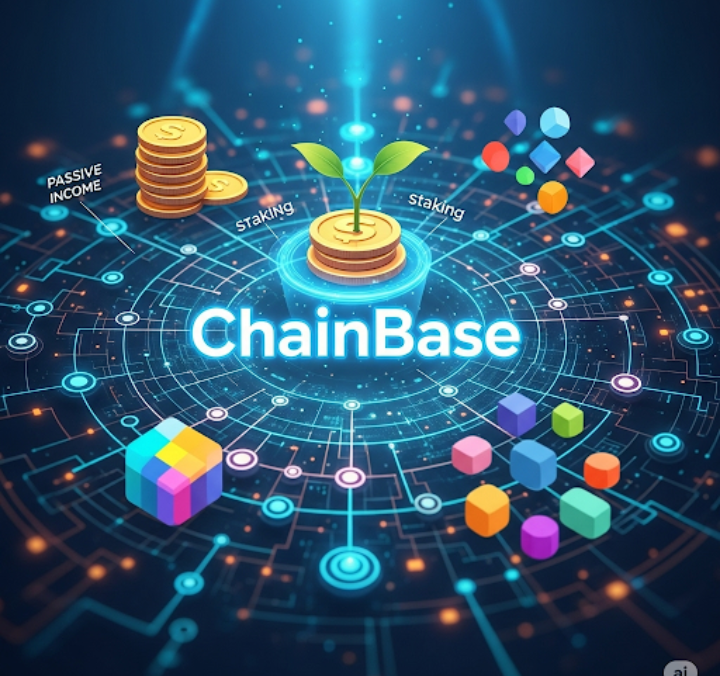Chainbase is an infrastructure project that provides powerful APIs and datasets for developing blockchain applications. Instead of developers spending time synchronizing and indexing data from the blockchain themselves, Chainbase offers them ready, fast, and efficient access to this information. This allows @Chainbase Official to focus on creating unique features and enhancing the user experience rather than on the underlying infrastructure.
Chainbase can be envisioned as a sort of 'nervous system' of the Web3 ecosystem, connecting its various parts. It is not just a standalone tool but a foundation upon which other projects are built, making it a key component.
💼 Integration and application
Chainbase is closely integrated into various Web3 applications and platforms, providing them with the necessary data. Here are a few key areas where its impact is particularly felt:
Cryptowallets: To display transaction histories, token balances, and NFT assets, wallets use data provided by services like Chainbase. This gives users instant access to their financial operations without delays.
NFT platforms: NFT marketplaces and galleries require quick access to metadata, owner information, and sales histories of tokens. Chainbase provides the necessary APIs to display this information in real-time, allowing users to effectively interact with collections.
Data analysis tools: Analytical platforms that track the flow of funds, smart contract activity, and market behavior rely on datasets from Chainbase. This helps researchers, traders, and auditors gain deep insights and make informed decisions.
🛡️ Security and reliability
In addition to analysis, Chainbase also plays a crucial role in security auditing. Researchers and auditors can use the data provided by Chainbase to identify suspicious transactions, vulnerabilities in smart contracts, and anomalies that may indicate fraudulent activities. This helps enhance the overall security level in the Web3 ecosystem, protecting users from potential threats.
